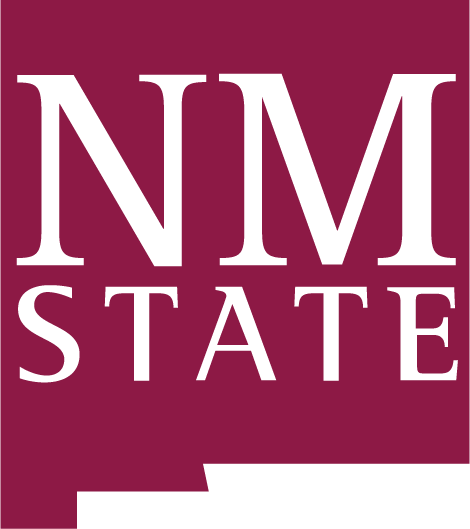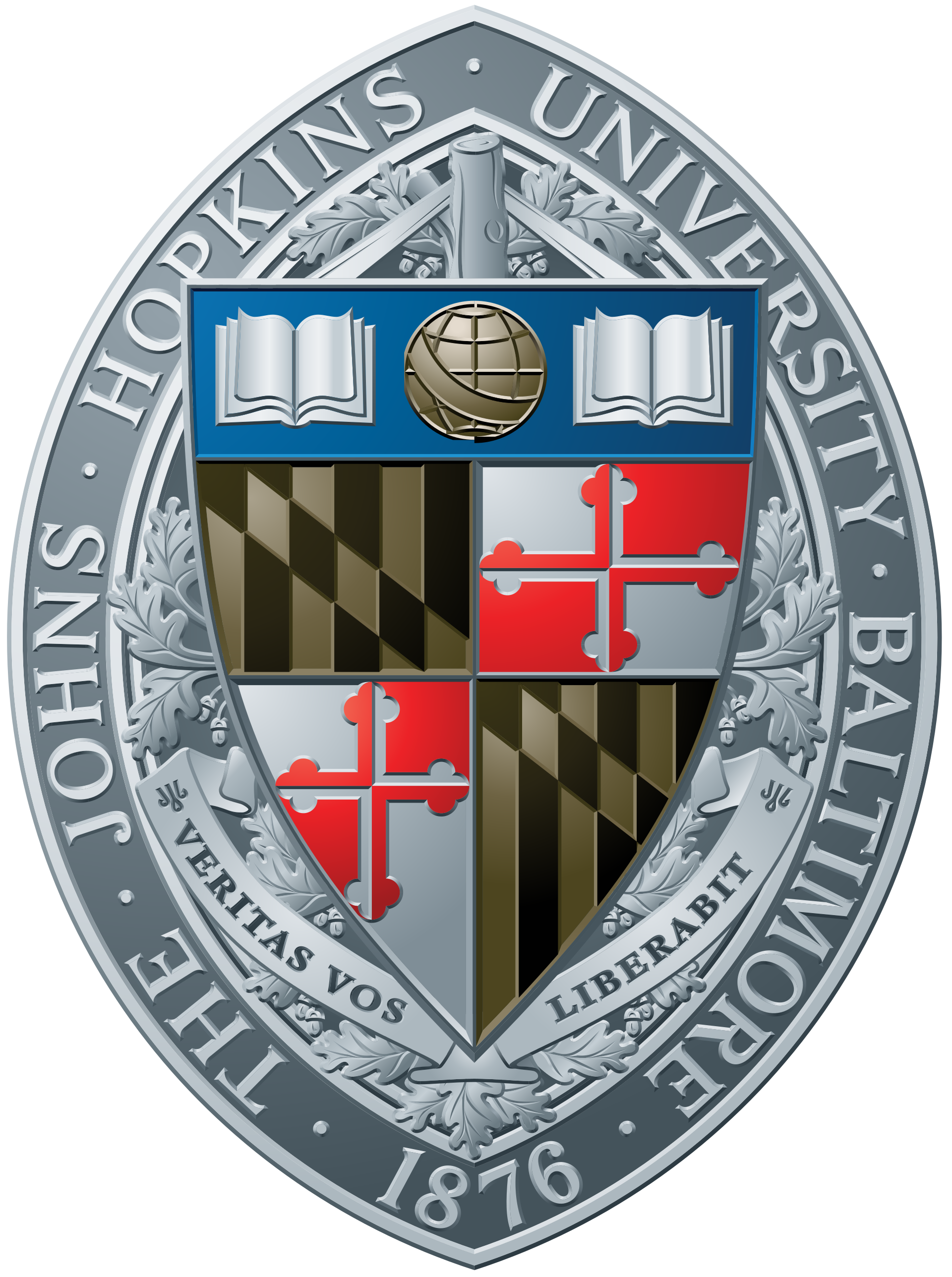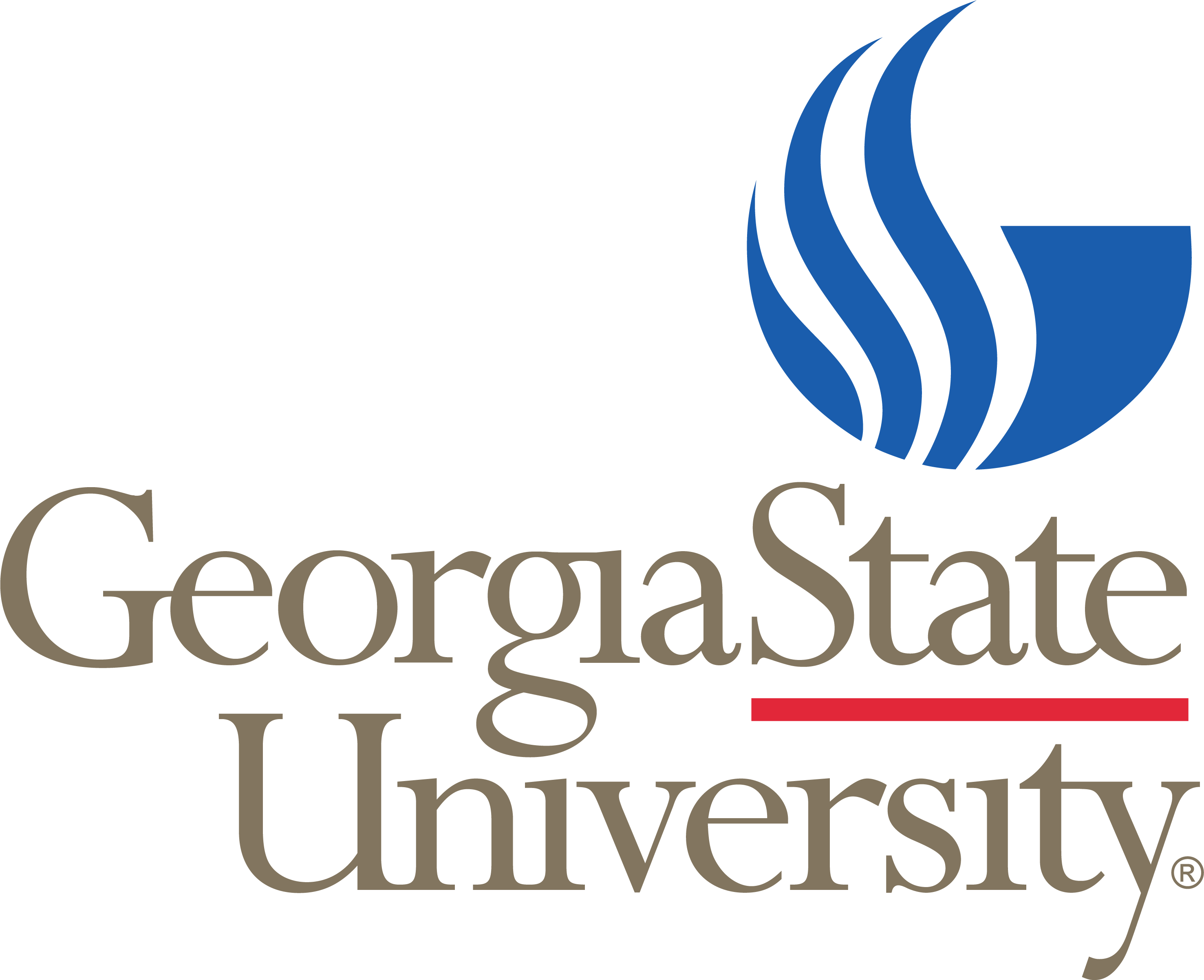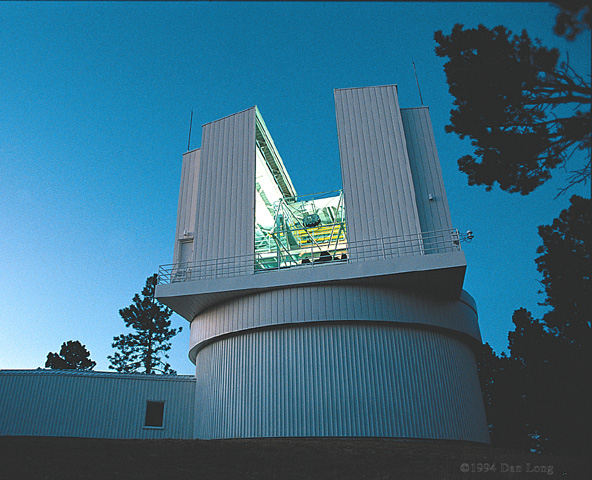Non-PhD level (Student) Training - APO staff will generally NOT train student users how to use the 3.5-m telescope and instruments. Teaching a student how to observe and conduct research is the purview of that student's university. Arrangements for this instruction are the responsibility of the student's department, e.g., by, or arranged for by, his/her faculty advisor. As part of this instruction, a 3-day visit to the Observatory, accompanied by the faculty advisor or other designated experienced observer, will count as the remote-observing orientation .
PhD level Remote-observing orientation & training - Before a new Ph.D.-level user can use the 3.5-m telescope remotely, he or she MUST spend three nights in person at the telescope. There are no other conditions, because the principal goal of the three-night orientation is for the new user to develop a first-hand mental picture of the physical hardware and operational procedures at the site. The orientation period does not have to be during telescope time scheduled for the new user, nor does it matter if the telescope is closed for weather. Once the three nights have been spent at APO, the new user can use the telescope remotely. This orientation does not need to be periodically refreshed, but APO will gladly host refresher sessions for out-of- practice users on request.
The APO staff will assist the new user during orientation to learn the operating procedures. There is a checklist of items that we feel are important for new users to be familiar with, which is given to the new user on arrival. But the only hard requirement is that the new user be physically present at the site for three nights. The rationale for this guideline is the belief that remote observing can only be safe and effective if the remote user has an in-person appreciation of the facilities and procedures at the other end of their remote connection while observing.
As with all policies and guidelines in general, exceptions will be considered for good reasons, if brought to the attention of the director for the 3.5m telescope (Nancy Chanover) in advance.
Orientation Checklist
Tour of Operations Building
3.5m Control Room
2.5m Control Room
Computer Room
1m Control Room, Kitchen, library, site housing board, etc. Tour of Observatory Grounds
SDSS 2.5m (By Sloanie if available)
Dorms (if applicable)
Tour and discussion of Telescope, Telescope Enclosure, Instruments including the following:
Telescope Alt-Az mounting (view friction drive surfaces)
Echelle (light path, cryo)
DIS (Masks, turret, gratings, slitviewer on-axis field of view, instrument light path, Cal Lamps, cryo)
ARCTIC (filter wheels, diffuser)
NICFPS (filters, etalon)
NA2 Rotator
NA2 Guider (light path and off-axis field of view)
Truss Lamps (important they understand the scattered light off covers vs off mirror)
NA1 Guider (light path and on-axis field of view) and Cal Lamps (if an echelle user)
Mirror Covers (see them opened and closed)
Eyelids (see them opened and closed)
Discuss light path from sky to instrument including discussion of important aspects of the primary/secondary/tertiary mirrors (Also telescope focus, instrument port selection, PMSS)
Enclosure Shutter doors
See (or help) an instrument mounted to NA2 port
Enclosure Louvers and enclosure ventillation fans
Intermediate level including how telescope is balanced, enclosure motors, exclusion zones and slew limits
Emergency stop buttons
Orientation on TUI by Observing Specialist (if needed)
Discussion of each status and control widgets for telescope and each instrument (Slew, Offset, Sky, Focal Plane)
TUI Scripts
TUI Catalogs
Permissions
Logging on/off
Messaging window
Guiding (dcam/ecam/gcam)
Preferences (AutoGet, Sounds)
Discussion with Obs-spec
Role of the Obs-specs in helping you collect your data. What do we do for you? What we should not be asked to do and types of service observing (collaborative versus internet outages for example)
Auto-reminder and Instrument request emails
Mailing Lists (esp. apo35m-general, TUI-announce and TUI-discuss)Observing ettiquete (what/when to inform obs-specs of ... before you push ... aka "do I need to tell you before each slew?" or "Can I track above 80 degrees?" ... answers to these types of questions)
Closure (and reopening) conditions and policies (ie "Is it clear yet?") (rain/snow/wind/dust...)
How long your data exists at APO before it is deleted . How to retrieve your data if you can not use TUI-AutoGet.










